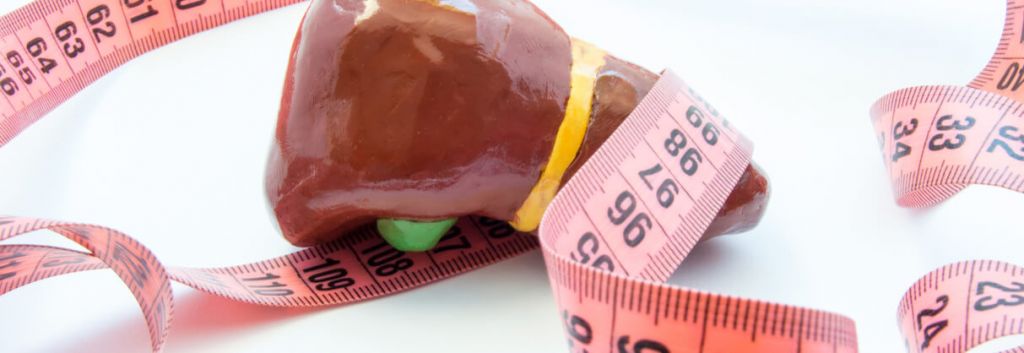Newsletter Signup - Under Article / In Page
"*" indicates required fields
A new study describes a method that could be used to regenerate bile ducts in children with biliary atresia instead of waiting for a liver transplant.
Researchers at the University of Cambridge might have found an alternative to transplant for children with liver disease. Their results, published today in Nature Medicine, reveal that primitive bile ducts grown in the lab can regenerate bile ducts when transplanted into mice. The animals, which suffered from bile duct damage, survived without complications after the transplant.
In addition, the scientists showed whether they could help regeneration using biodegradable polymers as scaffolds for the biliary cells to grow in. The material could also be turned into tubes to replicate the structure of bile ducts and grafted to replace a diseased duct.

The findings could be particularly useful for children. Up to 70% of liver transplantations in children are due to biliary atresia, a disease caused by blocked bile ducts. However, the availability of healthy donors for transplantation is very limited. If this procedure can be extrapolated to humans, it could replace liver transplant and provide a solution for all the children waiting for a donor.
There is a big trend in medical research of growing organs in the lab. Organs-on-chips are already helping improve drug development and study disease more accurately. Bigger structures are still a big challenge, but techniques like 3D printing could help towards replacing donors with lab-grown organs. For example, researchers in Spain have developed a human skin 3D printer that is awaiting for approval in Europe to grow grafts in the lab.
Images via Shidlovski / Shutterstock; Sampaziotis F et al. (2017) Nature Medicine






